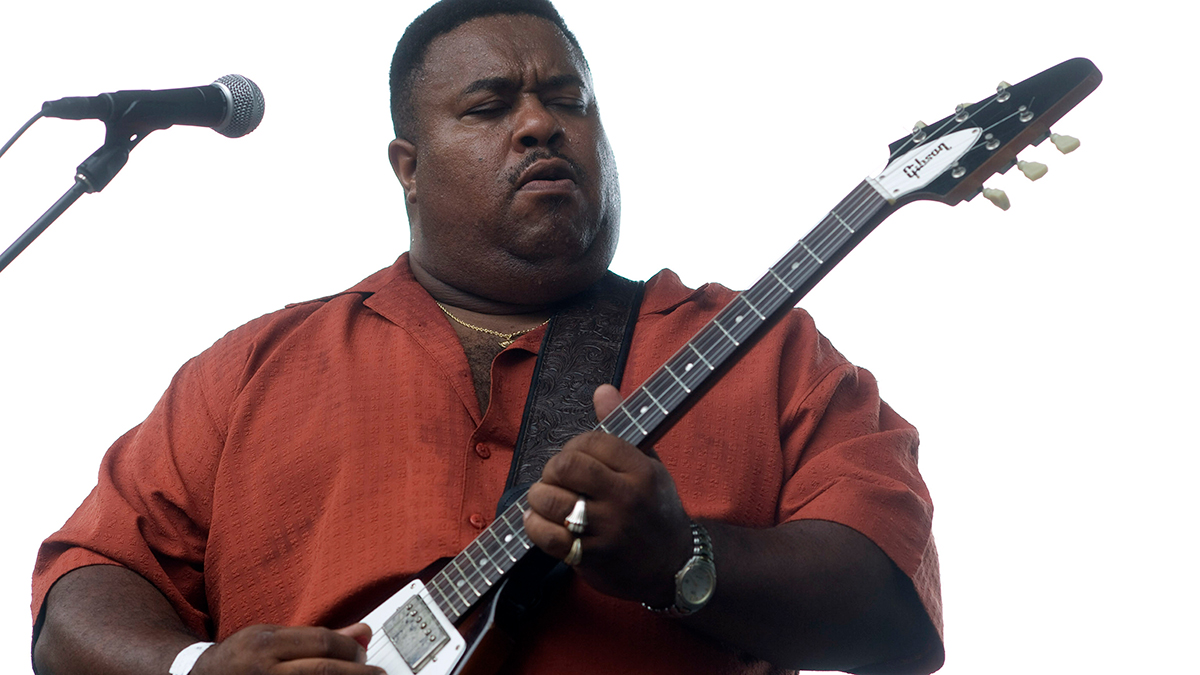“Rory Gallagher and many more legends have relied on this useful effect for just this reason – so don’t be put off by the name”: 20 ways to get more from your pedals
From tone-tailoring to buying what’s right for you, here’s our guide to putting more of what counts on your ’board
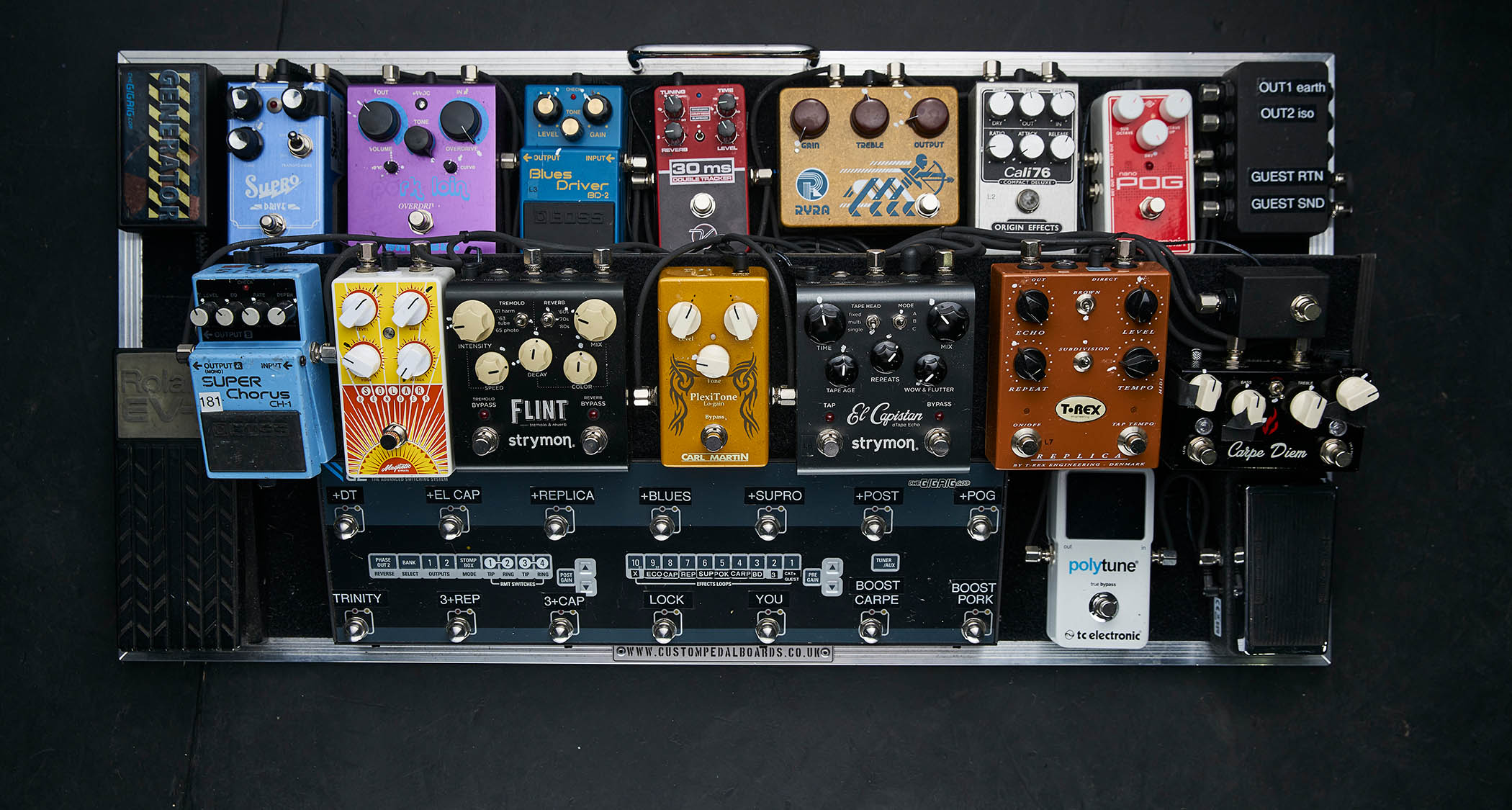
Pedals are the the most economical and transformative avenue for explorations in electric guitar tone, but there is an art to getting the most out of them.
Choosing a pedal is only the first step. Next you have to figure out where to put it in your signal chain, then how to dial it in. And just when you think you have your pedalboard sorted, along comes another pedal that you have to find a spot for, and so the process starts again.
You know the drill; it’s never ending. With that in mind, Guitarist has put together 20 tips for getting more out of the pedals you have, using them in ways you might not have thought of before (or in ways you have been told not to), and how it might open up a new world of tone.
1. Don’t overlook mainstream pedals
There’s been such an explosion of interest in boutique pedals that it’s easy to forget the big names in the effects industry got big for a reason.
A great example of top-notch sonics in a mainstream package is the TR-2 Tremolo by Boss. This unassuming, three-knob trem can be bought for under £100, but it’s still one of the best-sounding examples of the breed we’ve found.
As always, buy with your ears and feeling of connection with the gear – try plenty and rule nothing out.
2. Find your tribe
Effects makers, if they’re worth their salt, will make sure their design philosophy flows consistently through all their products. So if you really like one pedal by a particular brand, there’s a good chance you’ll like the sounds, vibe, and usability of other effects they make.
All the latest guitar news, interviews, lessons, reviews, deals and more, direct to your inbox!
That’s not to say don’t explore more widely than one maker (you definitely should), but a brand you really ‘click’ with can provide a rich seam of satisfying musical experiences and offer a good starting point for auditioning new pedals when expanding your pedalboard.
3. Revisit old pedals when you change amps
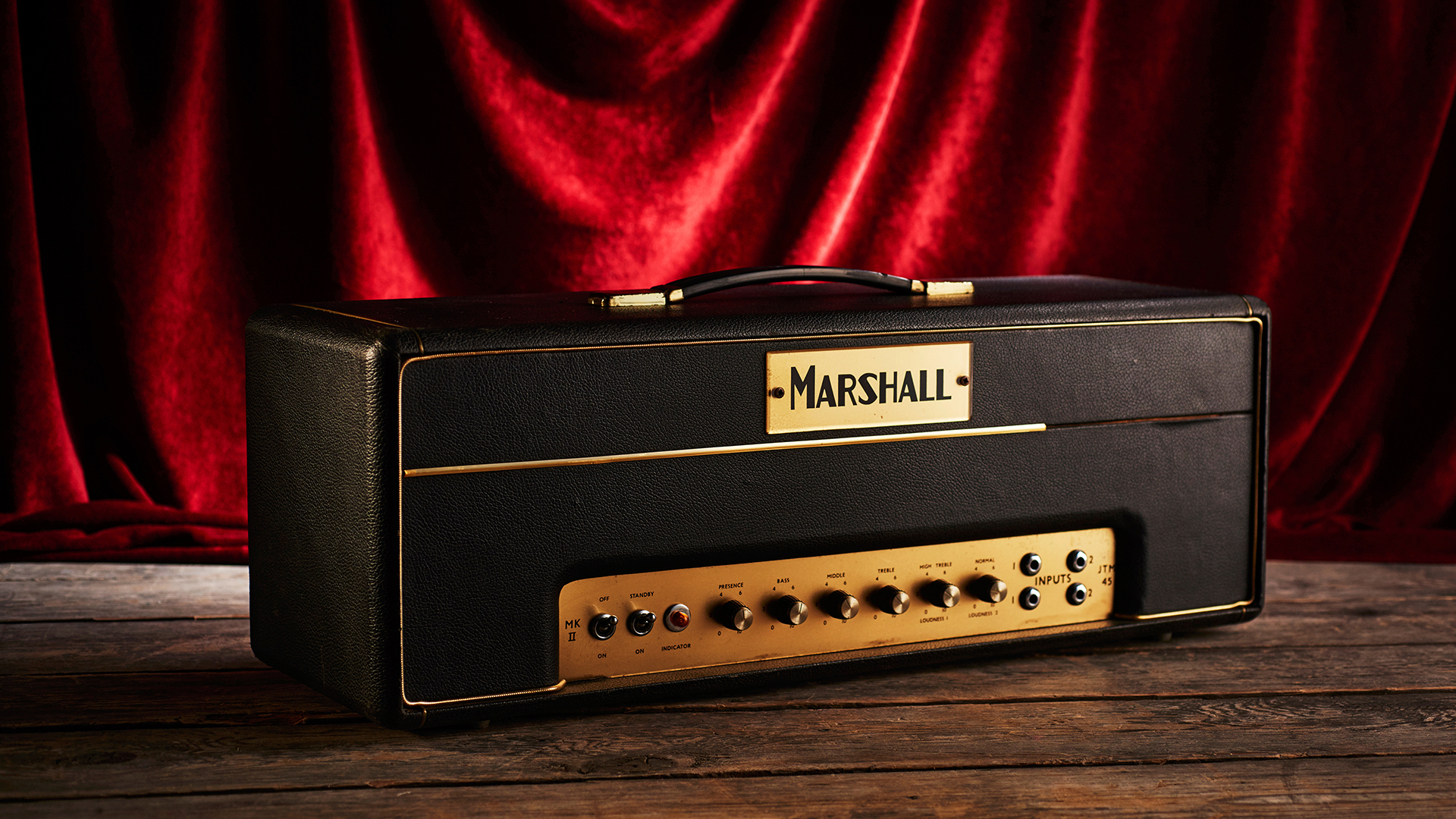
Some pedals suit particular guitar amps better than others. So if you change your amp from, say, a Marshall to a Fender, don’t forget to dig out pedals that you’d previously set to one side and give them another try with the new amp.
For example, a drive pedal that might seem OTT in terms of mid frequencies when paired with a Marshall, might be a perfect balance with the ‘scooped’ sound of a Fender.
We found this approach paid dividends with the Free The Tone CC1-B Crunchy Chime boost, which sounded good into a British-voiced Laney Cub Super but absolutely outstanding into a Fender Hot Rod DeVille, softening up the glassy attack of the latter by just the right amount.
4. Get a good pedalboard
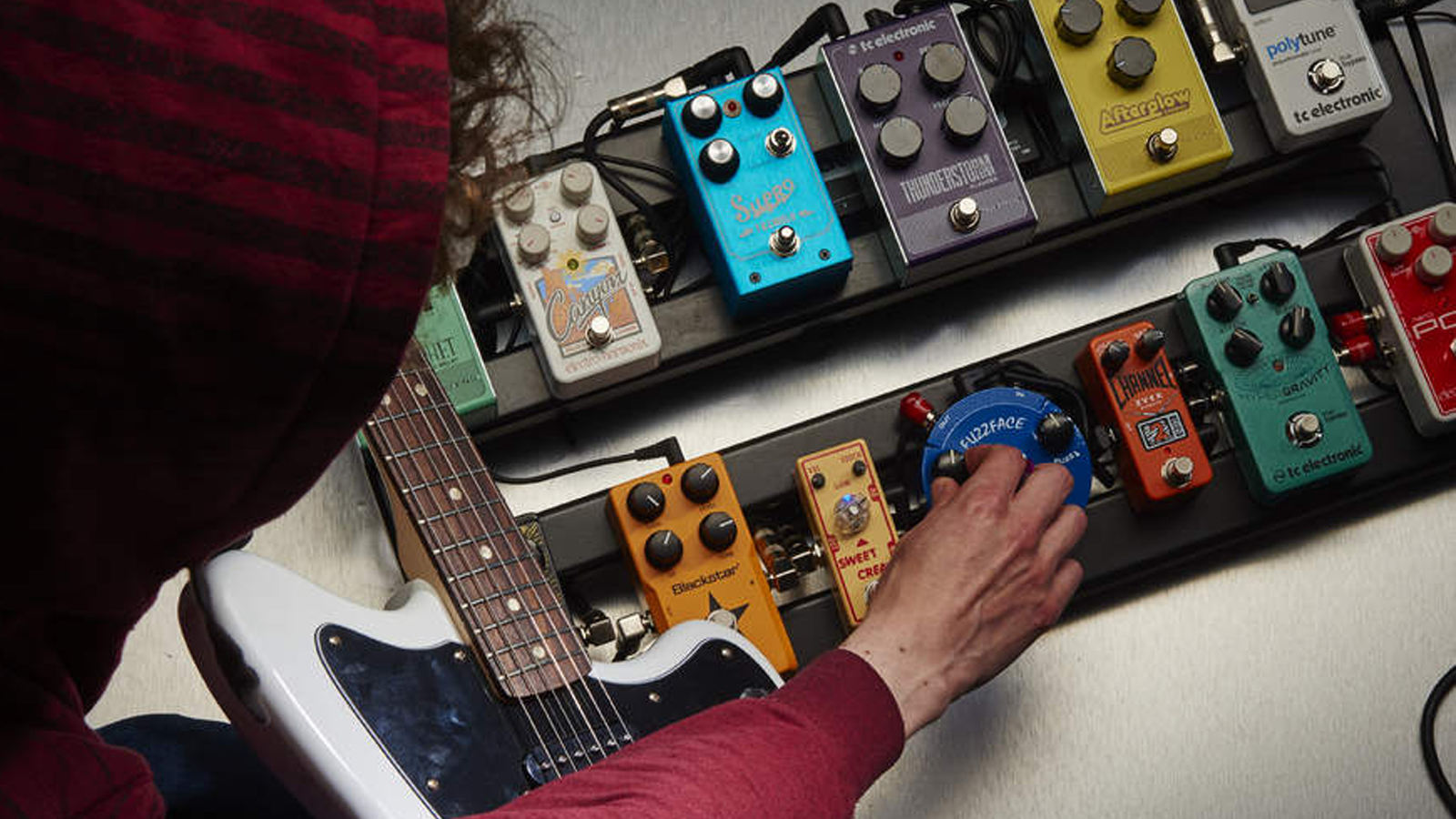
We’ve known outstanding players who use very basic pedalboards (sometimes just a bit of wood with pedals Velcro’d to it). But thoughtfully designed pro-grade ’boards make life easier – they typically have well-thought out provision for mounting power supplies and cable routing, allow easy foot-access to each pedal through well-designed tiers or risers, and come in a case that has dedicated space for cables and more.
Brands such as RockBoard by Warwick offer modular, user-customizable builds, while top-flight offerings from premium makers such as Schmidt Array are made from scratch to your exact ‘floor plan’ of pedals and in custom finishes.
Do watch out for overall weight, though, as some tour-ready pro ’boards can be chunkily built and weigh a lot with pedals added.
5. Don’t rule out using delay straight into the amp
It’s become received wisdom that delay pedals should go in the effects loop in order to avoid their repeats getting distorted by the preamp stage of your amp on the way through.
But with effects, it’s good to remember there is no right or wrong per se, only different creative choices – and sometimes the grainier, swampier sound of delay hitting a preamp with a touch of ‘hair’ on it can sound glorious. Try both ways and decide which works best for you.
6. Try an ‘always on’ boost
Not many people enjoy playing through a bone-dry, glassy-clean amp. Using a clean boost in such situations can create a more flattering, expressive tone by pushing the amp to work harder across the whole frequency spectrum, promoting natural compression and ‘bloom’ from the amp itself.
Other pedals, such as preamps, can shape tone as well as giving the amp a kick, shelving off unneeded bass and plumping up your mids, which can also be useful.
So why not use preamp, boost, or compression pedals to introduce a ‘shock absorber’ of suppleness and warmth in front of your amp when playing with clean and near-crunch tones? A classic pedal for this ‘always on’ role is Xotic’s EP Booster, based on an Echoplex preamp.
7. Put fuzz pedals first – mostly
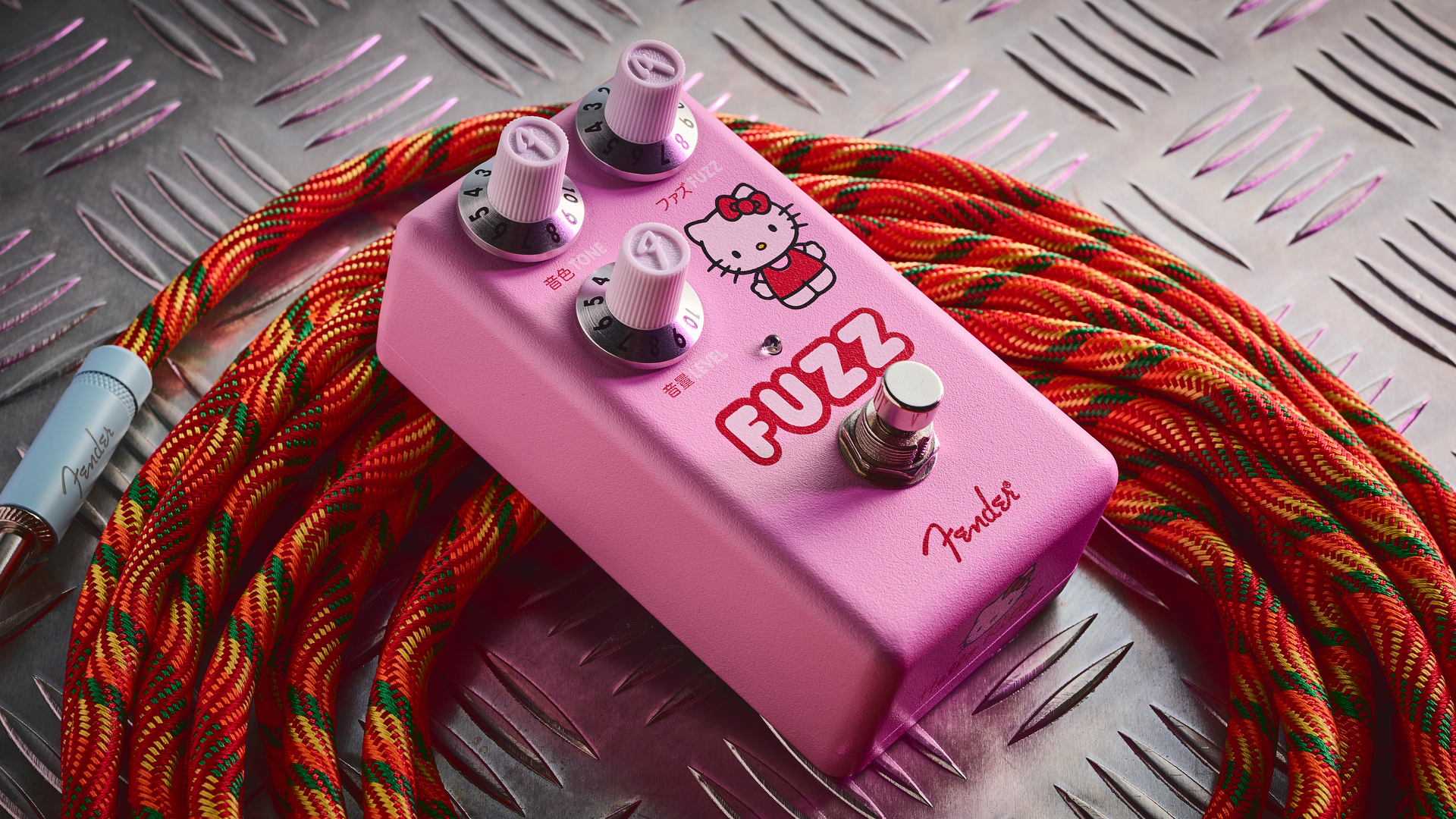
We were lucky enough to put a Rotosound reissue of its 1967 RFB-1 fuzz pedal with NOS germanium transistors through its paces recently and it sounded glorious.
But be aware that many vintage and vintage-inspired fuzz pedals like the RFB-1 need to ‘see’ your guitar pickups directly without a buffered pedal between them and the guitar in the signal chain.
You simply won’t get all the warmth and sweetly chewy expressiveness out of them otherwise, though some silicon-transistor fuzzes are more tolerant of having other pedals in front of them in the signal chain.
8. Try using modulation subtly
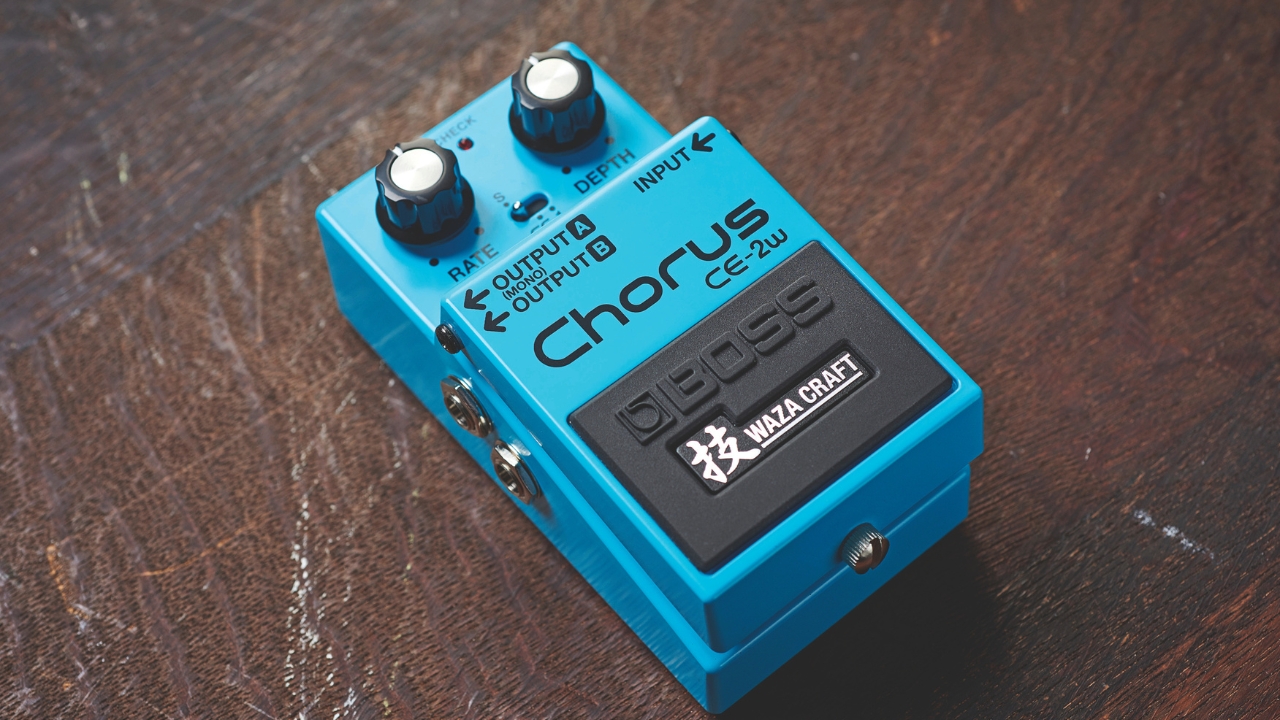
As much as we love a lush, rippling 80s chorus, modulation pedals can also work wonders when they are used more subtly. A phaser or chorus set to low Depth settings and a relatively show Rate can provide a sense of space and subtle movement to clean tones that is very pleasing to the ear, even if it is barely perceptible.
Also, some classic modulation pedals have tone-flattering preamps built in, a feature recognized by Boss, who put the preamps of its CE-1 Chorus Ensemble and RE-201 tape delay into the BP-1W Booster/Preamp pedal simply because they make everything sound a little better.
9. Try analog, it’s often worth it
There is much to be said for digital effects – especially versatility and editability – and the best digital pedals can produce some truly stunning sounds.
But do try genuine analog-circuitry pedals as well. Sometimes they just have a certain something even very good digitally modeled effects lack.
We found this when A/B’ing a J Rockett Tranquilizer phaser against a high-quality modulation pedal by a respected maker. The digital version was very usable, but the Tranquilizer just had a sonic charisma that, in the end, we found more inspiring than having multiple phaser models at our fingertips in the digital pedal.
10. Dial in settings at gig volume
If you have a big gig coming up, consider hiring a rehearsal studio where you can dial in your effects at stage volume.
Due to the way that sound is perceived and heard at higher volumes, and the performance characteristics of amps when working flat out (or something like it), you’ll find that overdrive and gain settings that seemed perfect at a loudish home volume can sound blown out, mushy, or harshly toppy at gig volume.
By using a rehearsal space that allows you to run the effects and amp loud while you dial things in for live work, you can find settings that will sound great – instead of unexpectedly awful – when you hit the stage. Do watch out for your ears when testing at length, however!
11. Use the pencil analogy
Some overdrive pedals, such as Free The Tone’s Dumble-like SS1-V String Slinger, have abundant crispness and clarity to help you punch through a mix.
Others, such as J Rockett’s 45 Calibre pedal, offer a good blend of definition on the one hand and flattering, supple compression on the other.
Fuzz pedals, meanwhile, offer messy, smeary, spattery sounds for when you want to go wild. Think of these three classes of drive like pencils: the first is like your hard ‘H’ pencil for drawing sharp, clear lines; the second is like your all-rounder ‘HB’ pencil that can turn its hand to both lines and shading; and the third is more like a soft ‘B’ pencil or even charcoal – good for creative, smudgy stuff but not so good for clarity.
Having all these ‘pencils’ present on your pedalboard means all bases are covered when it comes to drive tones.
12. Four-knob drives work well
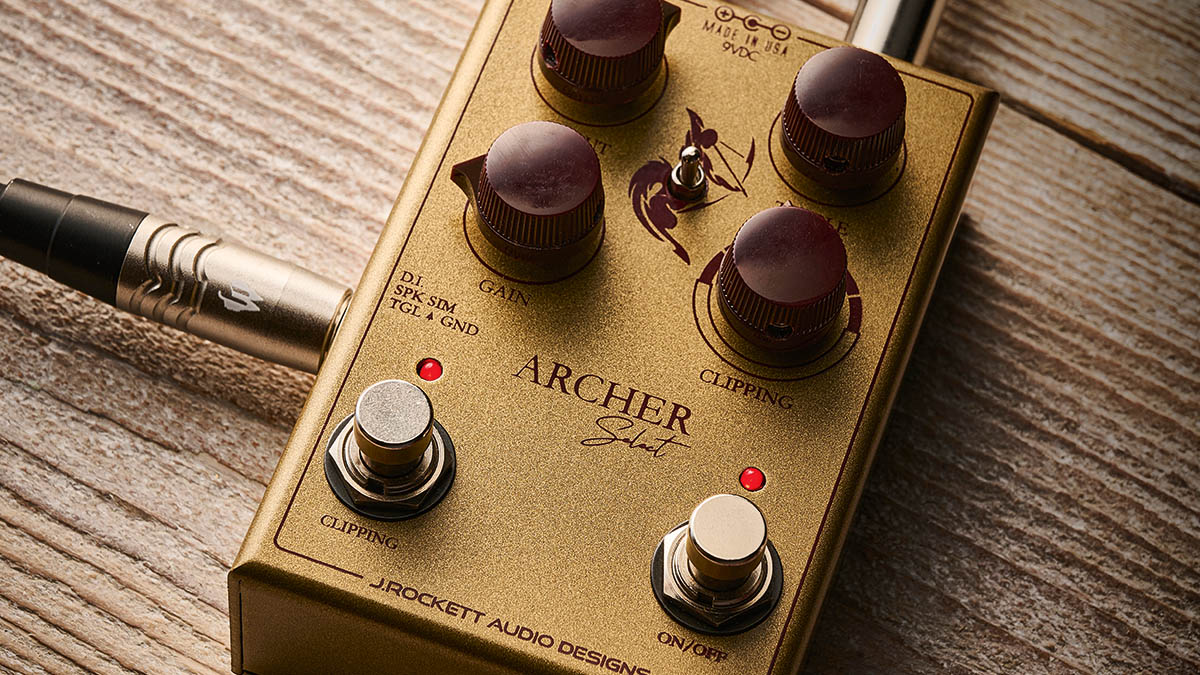
While we love classic three-knob overdrives like the TS-9 Tube Screamer, we’ve come to really value four-knob overdrives that offer EQ control over both bass and treble (or otherwise expanded tone-sculpting powers) as well as gain and level.
Four-knob drives can often be dialled in to suit different amps and be paired up with other effects more flexibly than simpler drive pedals – the J Rockett Archer Select is a great example, as is the ThorpyFX Warthog.
13. Have a grab-and-go ’board
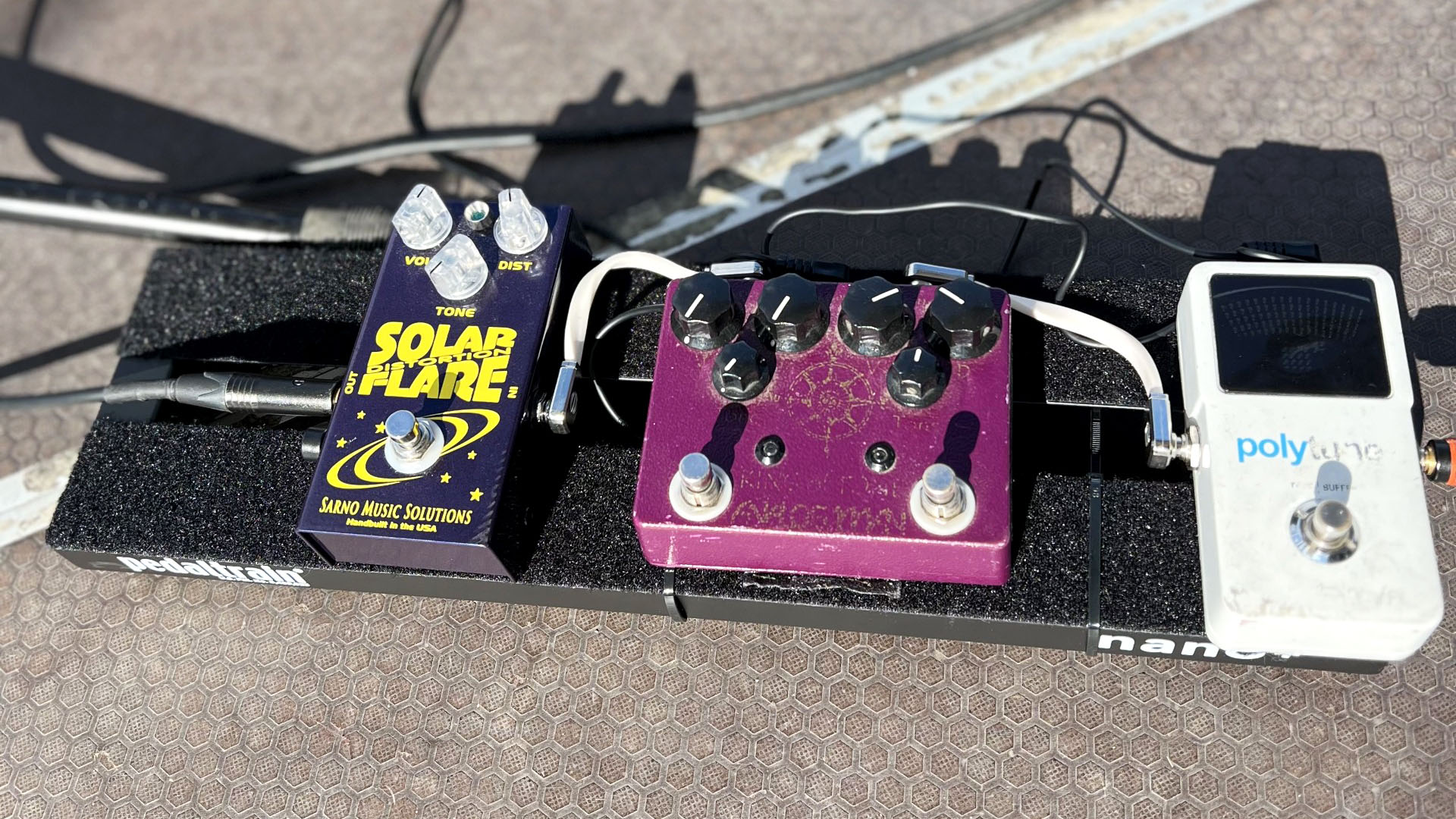
If you’re into pedals, you may well have a pretty comprehensive main pedalboard, stuffed with everything you need plus a few things you only use every now and then.
That’s great, but we’ve also found it’s worth making up a much smaller, lighter ’board with no more than three core effects on it for those times you just want to jump in the car and join in with a jam down the pub.
We’d recommend a three-pedal line-up of a good all-rounder overdrive, a tremolo, plus a delay (or a reverb pedal if your amp doesn’t have it onboard). Small isolated pedalboard power supplies that can power the whole mini-’board can be had very cheaply these days, so also budget for one of those.
14. Could one pedal do it all?

Following on from the last tip, could one pedal do all the basics, obviating the need for a ’board at all? Obviously, compact multi-effects units such as the Line 6 HX Stomp are designed to do just this.
But more traditional pedal makers such as Keeley also have some interesting takes on this concept such as the excellent DDR (Drive, Delay, Reverb), which gives you those staples of everyday tone in one compact pedal at a reasonable price of just under £200. With such solutions, your ‘pedalboard’ could be slipped into your pocket, not a gigbag!
15. Use your volume control

Back in the days of non-master volume amps, guitarists such as Rory Gallagher used to be adept at using the guitar’s volume control to manipulate the gain of a cranked amp.
This approach can yield rewards with pedals, too – Mick Taylor of That Pedal Show and former editor of this tome told us long ago that dialing back the guitar’s volume when playing through a Fuzz Face yields a unique and very ear-pleasing clean tone that you wouldn’t guess was there if using only the pedal’s controls.
16. Use traditional pedals with most multi-effects
If you have a digital multi-effects unit such as a Line 6 Helix or Boss’s GT-1000 (to name but two), remember that most have an effects loop that allows you to utilize favorite stompboxes within the editable, internal signal chain of the multi-effects.
So if you need the programmable versatility of an all-singing multi-effects but love the sound of a particular, much-loved vintage phaser from your pedal collection, for example, you can often have your cake and eat it.
17. Velcro no-go? Try gel to stick pedals down
Daniel Steinhardt of That Pedal Show and The GigRig says that he often uses gel-tape, such as Duck’s Nano-Grab brand, to attach pedals to his ’boards.
“It’s a kind of double-sided tape, but it’s gel so it doesn’t take a crowbar to get the pedals off,” he explains. “Also, if you just wash it with a bit of water, you can actually use the stuff over – and it sticks to rubber so it solves the dreaded Boss conundrum [of how to firmly adhere tape to the rubber base of Boss compact pedals]. I use gel tape for probably 80 percent of the pedalboards I do now.”
18. Try a treble booster
The treble booster is possibly the most misleadingly named effect out there, as its real benefit lies in shelving off bass and boosting upper mids, which can be fantastically effective when playing through cranked amps that have the potential to flub out when simply turned up loud with a guitar running straight into them.
By pruning off what you don’t need from the frequency spectrum, your tone cuts through where it counts: in the ear-pleasing mid frequencies. Brian May, Rory Gallagher, and many more legends have relied on this useful effect for just this reason – so don’t be put off by the name.
Brill, not shrill, is what you’ll get if you use a treble booster right, and there are many modern versions of the old-school Rangemaster out there, including the Mythos Cestus Treble Booster pedal to name but one.
19. Mend it in the blend
Some modern compression pedals and overdrives will let you blend in some dry (uneffected) signal in with the effected signal.
You’ll find this useful feature on pedals such as Origin Effects Cali76 Stacked Compressor or the Jam Pedals Lucydreamer overdrive, and it basically gives you a way to achieve a subtler balance of natural, clearly defined, straight-into-the-amp guitar tone with just a little bit of compression or drive.
If you crave natural sounds that flatter, sustain, and boost in a very organic, touch-sensitive way, pedals with a wet/dry blend control are worth exploring.
20. Try everything

Just as with guitars, it’s best to be neither a snob nor an inverted snob – try all brands, including budget ones (Jack White has a signature pedal out with affordable pedal brand Donner, after all), and buy based on what gels with you, what excites you, what gets you writing new music effortlessly.
The beauty of effects is that they are, by and large, more accessibly priced than other key parts of a guitar rig, and they are easy to sell on without too much depreciation. So roam widely across the effects landscape and open your mind to the creative possibilities of every species of effect you encounter on your travels.
- This article first appeared in Guitarist. Subscribe and save.
Jamie Dickson is Editor-in-Chief of Guitarist magazine, Britain's best-selling and longest-running monthly for guitar players. He started his career at the Daily Telegraph in London, where his first assignment was interviewing blue-eyed soul legend Robert Palmer, going on to become a full-time author on music, writing for benchmark references such as 1001 Albums You Must Hear Before You Die and Dorling Kindersley's How To Play Guitar Step By Step. He joined Guitarist in 2011 and since then it has been his privilege to interview everyone from B.B. King to St. Vincent for Guitarist's readers, while sharing insights into scores of historic guitars, from Rory Gallagher's '61 Strat to the first Martin D-28 ever made.
You must confirm your public display name before commenting
Please logout and then login again, you will then be prompted to enter your display name.
![Boss BP-1W – Boss Of The Boosts? [Plus EP Boost For Context: Effector Du Jour] - YouTube](https://img.youtube.com/vi/lVPjSkLLLTI/maxresdefault.jpg)






